Press Release | March 3, 2018
Tire Talk | How a Continental Motorcycle Tire is Made | Brought to you by Continental Tires
You may not have ever thought about how the tires of your car, truck or motorcycle are made. Tire manufacturing is very complex. A tire is not just a round piece of rubber that holds air. Conti Moto, located in Hanover Germany, has been optimizing and improving the manufacturing systems of motorcycle tires for decades. In this story, we want to give you an idea of how various parts of a tire are made and also, how they are assembled.
To begin, we will explain which materials are used to make a Continental tire.
A tire is mainly made of rubber (41%) with a mix of both natural and synthetic rubber. The natural rubber mainly comes from a tree called Havea Brasiliensis; however, other species are also used.
These trees generate a resin that produces a milky solution called latex. Latex is one of the most expensive raw materials on earth because it’s a highly exploited natural resource. Continental, in collaboration with the Fraunhofer Institute of Molecular Biology and Applied Ecology in Germany, has made an important discovery; we’ve learned how to obtain the raw material latex from the roots of a dandelion. The synthetic rubber is made of a copolymerstyrene-butadiene. In that compound we add a series of additives (30%).
Some textiles and metals used in the carcass represent 15%. The remaining components represent 14%, which are what we call chemical additives that assist in the process of manufacturing or that they help to increase tire life.
Click here to read this in the Cycle News Digital Edition Magazine.The manufacturing of a tire is divided into a five-part process:
The manufacturing process begins in a big machine called Banbury (below left), which is a big mixer.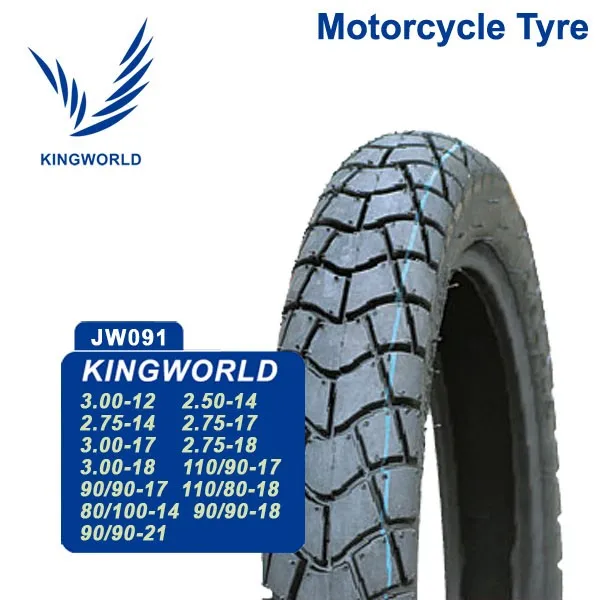 In this machine, sulfur, carbon, solvents, natural and synthetic rubber, are mixed.
In this machine, sulfur, carbon, solvents, natural and synthetic rubber, are mixed.
This mixture goes through rollers (above right) that mix the components again and creates a thin sheet with the desired thickness.
The beads are made with steel wire covered in rubber. The beads are one of the most important parts of the tire because it creates the air-tight attachment to the rim.
The fabrication of the carcass layers is done with weaving machines, similar to the ones that make fabric to make the tread weave. Rayon, nylon, polyester and other materials are used. The layers are a textile fabric with the shape of a strip and covered with rubber. These strips are cut out to the tire size and the carcass is built.
The carcasses rest while we make the next component.
In the next picture, we can see our radial tires with our latest technology “Zero Degree Belt.” It’s a belt that has the shape of a spiral and wraps around the carcass. We start with the steel wires that will form this belt.
A machine (pictured below) pulls them tight, covers them with rubber, and then rolls it onto the carcass that we had previously built.
The carcass is placed into a matrix/mold that will give its shape and will prepare it to receive the “Zero Degree Belt.”
In this picture (below), we can see with detail how the belt is added to the carcass. The machine places the steel wire covered with rubber around the tire while synchronized rotations create a spiral.
And…finally, we have the carcass with the belt assembled! The next step will be to build the sidewalls of the tires. These are the parts that provide stiffness to the tire.
We assemble all the parts that make up a Continental tire: the carcass with the steel belt, the tread, the sidewall, the beads, and then, we will have a “green tire,” similar to a slick tire because it has no grooves.
This now looks like a real tire. Now all we have left is putting the tire into the mold/matrix with the right temperature and curing time.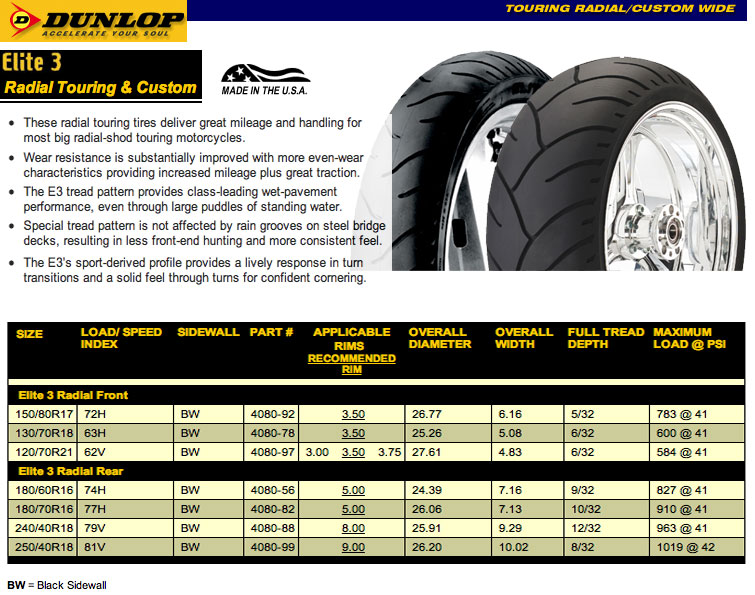 It will melt the tread pattern and will make all the grooves and sidewall labeling.
It will melt the tread pattern and will make all the grooves and sidewall labeling.
Finally, we will have the tire made, but it still won’t be ready to bring over to the warehouse.
The most important step is missing.
In the final process, once the tires are built and checked, some of them are randomly selected for speed and strength tests in machines with rollers.
Also, all the tires are visually inspected to detect any irregularity, defect, or deformity that would make the tire unacceptable for riding.
Before it goes to the warehouse, we will give them a final touch up, called “deburring,” to remove any excess rubber from the molding process.
Finally, we have a Continental motorcycle tire ready to be sent to motorcycle riders around the world.
For more information on Continental Tires, please visit: https://www.contimotousablog.com/
Click here for more New Products on Cycle News.
Continuing our informative series, here is a good overview on motorcycle tyre making in five steps…
Motorcycle tyres are very important aspects of any motorcycle.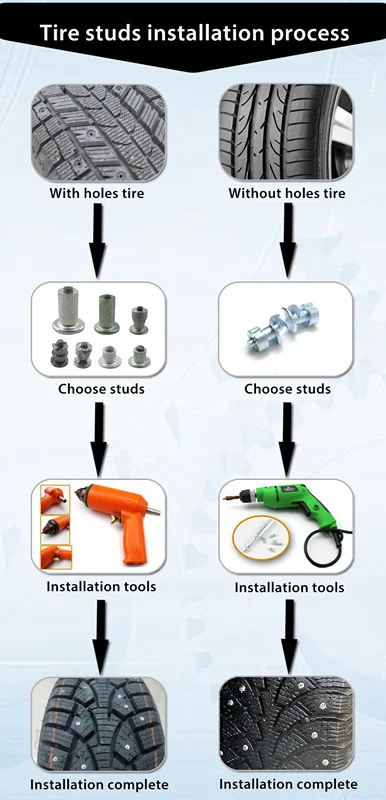 Good quality tyres ensure rider safety and that he can enjoy his motorcycle to the maximum. Today, let us give you a fairly detailed overview about the sophisticated tyre-making process.
Good quality tyres ensure rider safety and that he can enjoy his motorcycle to the maximum. Today, let us give you a fairly detailed overview about the sophisticated tyre-making process.
The process starts at the engineering labs, where designers develop new compounds, materials and tread patterns. After many hours of testing, new prototypes of compounds go to production (if they meet standards of course).
Tyre production is separated in 5 stages: Raw materials, extrusion, assembly, curing, and inspection (quality control). Every step of tyre production is tracked by professionals and latest computers. This ensures that the all products meet quality standards.
For example, well known tyre factory – Bridgestone, sources natural and synthetic rubber for its compounds. Natural rubber is “milky white latex” that comes from special rubber trees grown in Thailand. Natural components usually produce strong smell at the production plant, because rubber is natural fat and it starting decaying when mixing process begins. On the other hand, synthetic rubber based on petroleum, doesn’t have any significant acrid smell. Each rubber type has its own advantages for the various parts of motorcycle tyre.
On the other hand, synthetic rubber based on petroleum, doesn’t have any significant acrid smell. Each rubber type has its own advantages for the various parts of motorcycle tyre.
Large pieces of natural and synthetic rubber start moving on a conveyor, while workers monitor the process. They also remove smaller chunks, which are unfit for tyres. Also rubber-processing equipment isn’t the only one, there are fabric-cutting units where different raw fabrics (polyester, Kevlar, nylon, Aramid, etc.) are similarly prepared.
These cuttings are joined together and are known as tyre plies. In addition, special secret materials are added to enhance tyre performance. Here are some of them…
Apart from this dozens of other unknown chemicals are used to fine-tune the properties of the compound.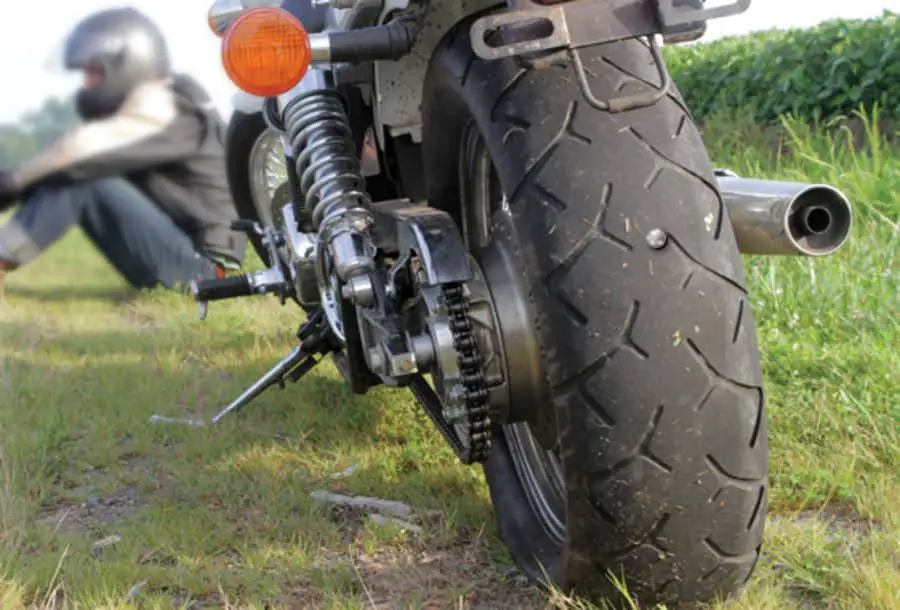
All these materials are mixed in a giant vat under heat and solid pressure; process is closely monitored, and pressure is regulated. After this process rubber compounds look like long flat sheets.
In this process warm rubber sheets are pushed through special machines, which forms long strips of rubber. Extrusions vary depending on the tyre components being made (including carcass and sidewall layers).
After that steel cords are inserted in tyre carcass, they make up the tyre bead. Fabric and steel-belt plies, which were mentioned earlier, are created, and all tyre components are prepared for the final assembly.
Firstly, carcass assembly takes place on a large drum. Previously made carcass layer is rolled out, carefully measured and cut. Once the internal layers are formed, exterior tread layer is added.
This process is almost fully automated, however, there is still moderate level of human interaction during the assembly.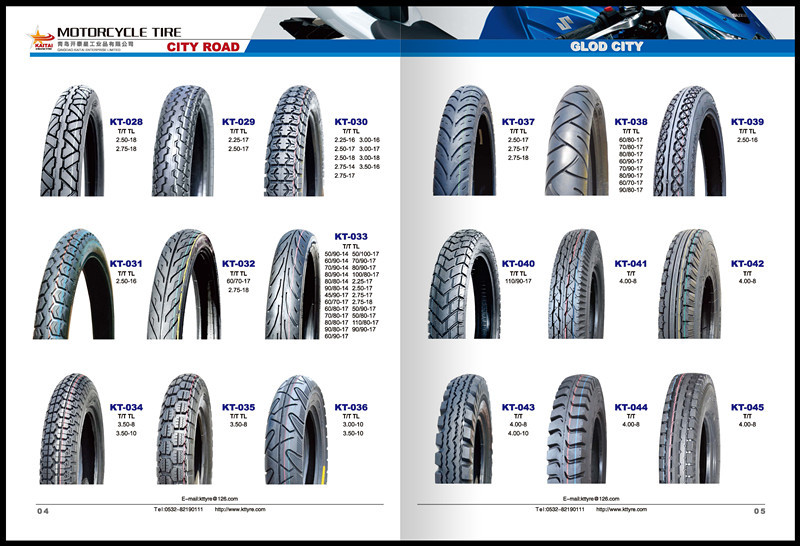 The exterior tread layer is cut and molded by a machine operator. Once exterior layer is added, tyre is removed from the drum.
The exterior tread layer is cut and molded by a machine operator. Once exterior layer is added, tyre is removed from the drum.
The result is a warm, elastic form known as a “green tyre.”
After the assembly, green tyres are moved over to curing chambers. The curing phase consists of three key elements – heat, pressure and time. In the mold chambers tyre tread pattern is applied to green tyres, they are pushed into the mold, and the tread pattern begins to get imprinted.
Temperature is raised to 170 degree Celsius (can be different for various type of tyres, up to 190 C), and chemical reactions begin to strengthen the tyre. Most bike tyres take about 15 odd minutes, but tyres for large trucks and heavy machinery may take up to 40 minutes.
Biggest tyres (made for world’s largest trucks like Liebherr T 282B) require one full day of “cooking” in the curing chambers. This process is completely automated.
After molding, tyres are cooled down. Small knobs, called spew, appear on the exterior of the tyre. They are created by purpose – allowing steam and air to escape. Before final inspection, most of the spew get removed.
Small knobs, called spew, appear on the exterior of the tyre. They are created by purpose – allowing steam and air to escape. Before final inspection, most of the spew get removed.
Tyres are checked at every step of the creation process, but the most important is the last quality check. For final check each tyre is manually checked by professionals. They verify the shape, deformation or any other defects.
Centrifugal Clutch in Auto Transmission – What is it & How it Works
Informative: How Drum Brake Works? Explained with Pics
Also each tyre is checked by laser rays, to see if it is properly constructed. And finally, after that the tyre is tested on specifically designed road simulator that spins the tyre at various speeds. Usually less than 0.11% tyres do not pass these tests. Other 99.89% units are stored in large racks, waiting for worldwide distribution.
Motorcycle Suspension, Working & Maintenance – Explained
“Which Engine Oil Shall I Use?” – Engine Oil Explained in Very Simple Terms
If you want to know further about the Tyre speed ratings, maintenance, etc, click on the following link.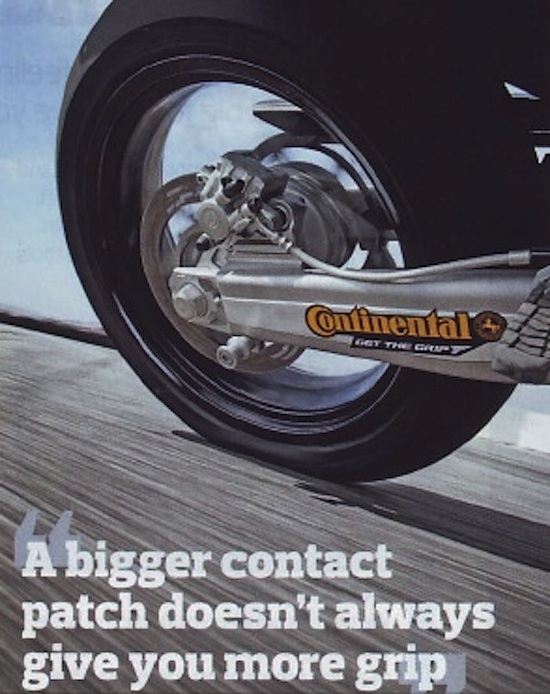 .
.
Tyre Ratings, Maintenance: All You Must Know About Tyres – in Simple Terms
– Aleks
Images: www.motorcycle-usa.com and www.motorcyclistonline.com
Motorcycle tire technology has come a long way since the first donut was born over 100 years ago in the tire town of Breuberg. Exclusive reportage and video from the Metzeler factory.
MOTOR RACE.RU, May 1, 2016 - Robert Friedrich Metzeler founded his empire in Munich at the dawn of the 19th century industrial revolution. In 1871, his first factory was launched, producing the entire range of rubber products - from boots to bicycle tubes. Having guessed what exactly will become the most popular product in the rapidly changing XX century, in the 19In 06, Metzeler bet on the main range of the company, namely tires for motorcycles and cars.
In those days, tire "assembly" technologies were somewhat different from today's: rubber sheets were glued layer by layer on the base, then the tires were heated and the projector pattern was rolled by hand.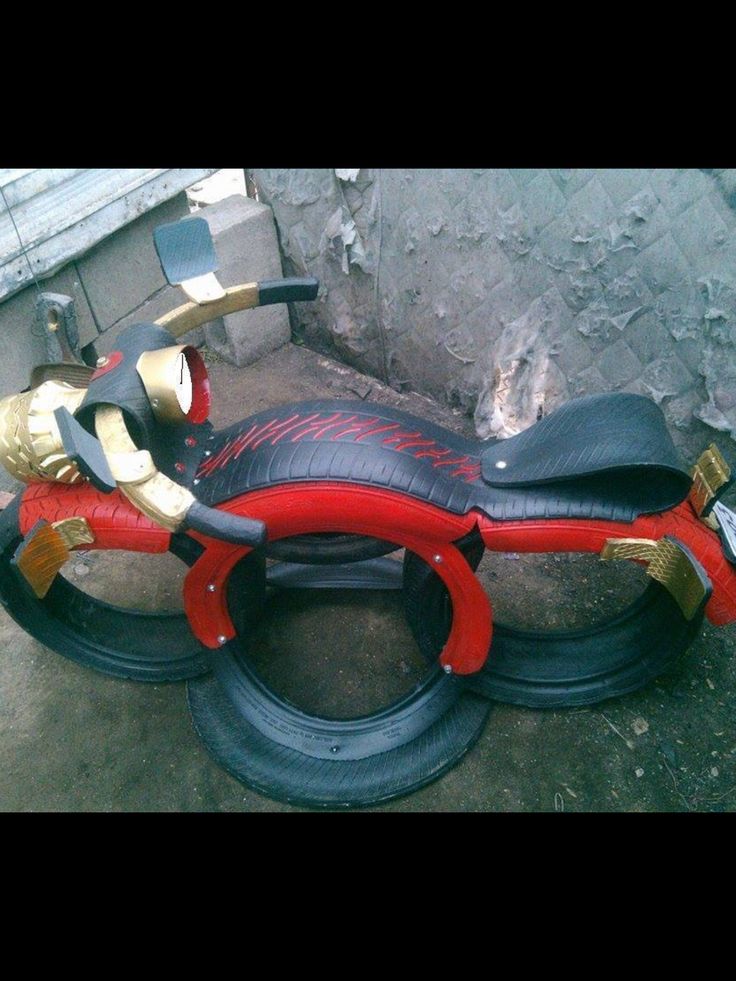 The very process of vulcanization, that is, "baking" of a tire at a certain temperature, when irreversible chemical reactions begin to occur in the compound (rubber composition) - polymerization and soldering of layers into a homogeneous mass - has remained practically unchanged since then. The technologies for applying the compound and the formula have changed.
The very process of vulcanization, that is, "baking" of a tire at a certain temperature, when irreversible chemical reactions begin to occur in the compound (rubber composition) - polymerization and soldering of layers into a homogeneous mass - has remained practically unchanged since then. The technologies for applying the compound and the formula have changed.
true monolithic rubber structure, greatly improve the strength and durability of tires. Metzeler tires helped set a world motorcycle speed record of 279.5 km/h on the Bonneville salt lake: others couldn't handle the heat. And yet, those tires were just a protective shell for the airbags.
In 1978, the world's first tubeless motorcycle tire was invented in Breuberg, then the factory found a way to significantly strengthen and lighten the carcass by replacing the steel cord with Kevlar. Metzeler tires began to win world championships in motorcycle racing, and then the Italian giant, the Pirelli group of companies, became interested in the plant. In 1986, the Bavarians officially became part of the group, becoming an independent division, retaining their own traditions and technologies, some of which Pirelli uses in its production today.
In 1986, the Bavarians officially became part of the group, becoming an independent division, retaining their own traditions and technologies, some of which Pirelli uses in its production today.
One of the most interesting technologies in Metzeler radial motorcycle tires is the "0°" ply (ie no intersection) ply and compound. The first road tire with this technology, the Metzeler Z4, hit the market 10 years ago. Since then, "bagels" in Breuberg have been baked according to the same recipe. How?
The first step in "assembling" a tire is to create a base. An elastic rubber "sausage" of the desired composition passes through a rotary press and turns into a tape, which is cut into blanks and wound on shafts with a variable diameter equal to the diameter of the future product - from 10 to 21 "respectively. The tape is looped and crimped on both sides with a
The second step is to create the carcass.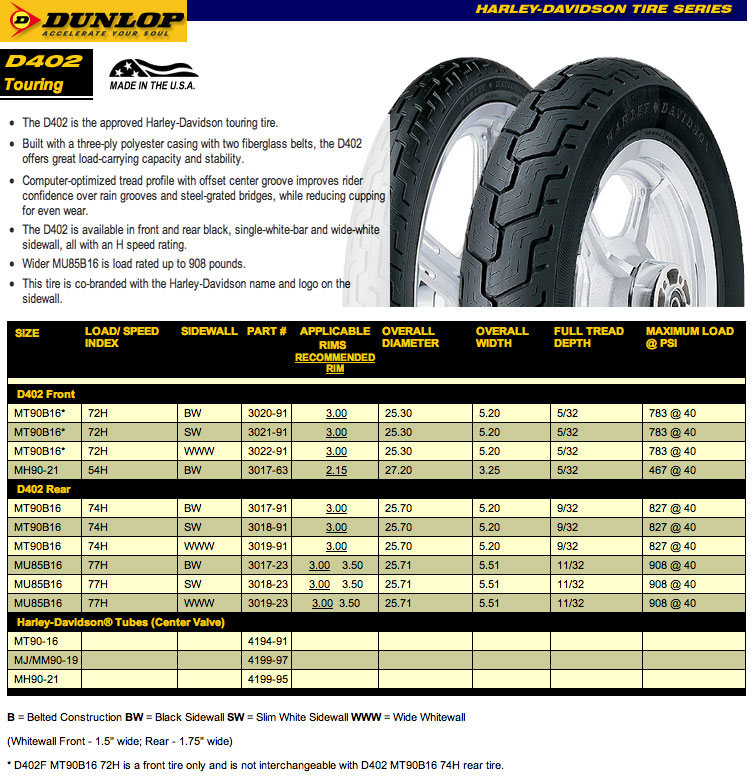 0026 The workpiece enters the machine, where a cord in a rubber sheath is wound around it. The base of the tire becomes a kind of spool for a thread (cord): the robot winds quickly and accurately, the cord lays down evenly, line by line, without forming any intersections and irregularities - this is the "0 °" (zero-degree) technology. The application of the carrier layer is carried out in the same way. The rubber thread of the desired compound, slightly heated and sticky, is wound over the cord onto the base in several layers.
0026 The workpiece enters the machine, where a cord in a rubber sheath is wound around it. The base of the tire becomes a kind of spool for a thread (cord): the robot winds quickly and accurately, the cord lays down evenly, line by line, without forming any intersections and irregularities - this is the "0 °" (zero-degree) technology. The application of the carrier layer is carried out in the same way. The rubber thread of the desired compound, slightly heated and sticky, is wound over the cord onto the base in several layers.
Breaking News
MotoGP Black Swans: Dorna Cured Moto3 by Turning the Royal Class into Gladiator Fights
10 years ago in Motegi: “I want MotoGP in the style of Moto3” - he realized all his wishes, and they now look like the beginning of the Royal Motorcycle Racing disaster.
Ales Espargaro is furious: 4 MotoGP pilots in the hospital after the first stage!
The most honored current MotoGP rider, factory Aprilia Racing driver Ales Espargaro is in shock: after the Portuguese Grand Prix, four of his colleagues are either in a hospital bed or undergoing examination.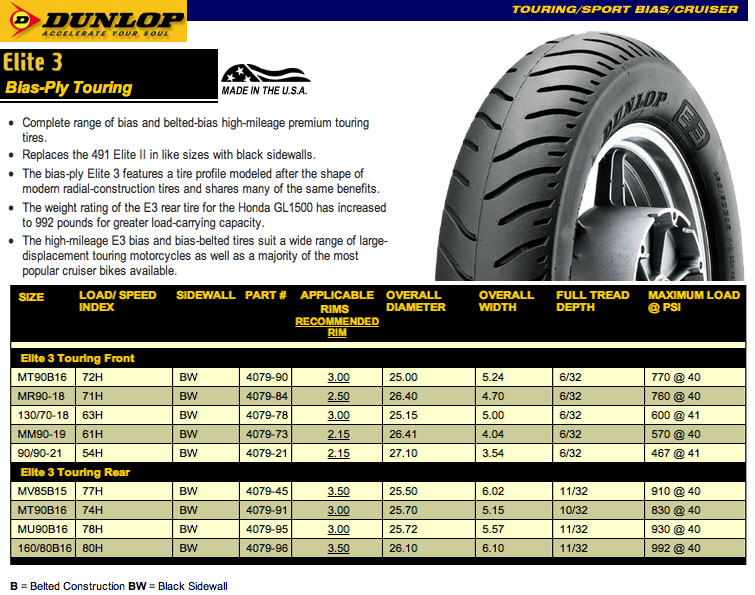 This is incredible and unacceptable! What to do? How to save the situation?
This is incredible and unacceptable! What to do? How to save the situation?
MotoGP: Marc Marquez to miss Argentine Grand Prix
Following an accident at the beginning of the Portuguese Grand Prix, Marc Marquez suffered a right hand injury and will miss the next MotoGP event in Argentina, factory team Repsol Honda has just confirmed.
Daniel Olhado wins the fast Moto3 Portuguese Grand Prix chase
It's great to see positive changes in the Moto Grand Prix World Championship! It looks like a lot of the FIM and Dorna Sports actions did work, and the races became less chaotic and crazy in terms of fighting: the Moto3 pilots showed the beauty of fighting without the dirt and tricky tricks. The Grand Prix of Portugal went to the most deserving of the many applicants!
Pedro Acosta started his crusade for the Moto2 title
2021 Moto3 champion, one of the fastest growing Moto2 recruits in 2022, Pedro Acosta is ready to continue his journey down the path of Marc Marquez: he wants to collect all the titles in all classes, and soon.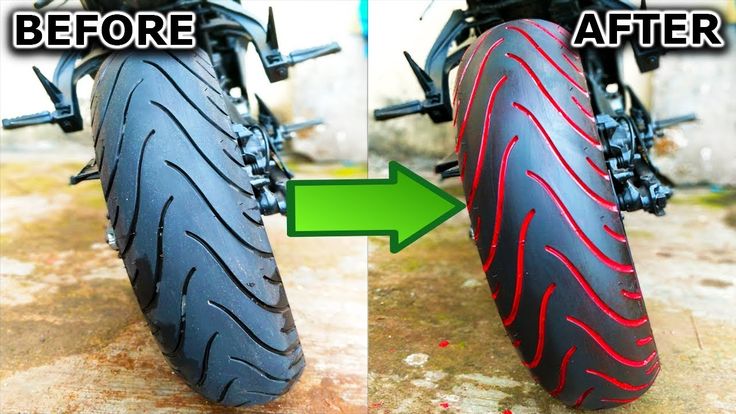 The first victory of the 2023 season is framed in Portugal!
The first victory of the 2023 season is framed in Portugal!
Motocross: Video of the Sardinian MXGP/MX2 Grand Prix
Highlights from the 2nd round of the MXGP/MX2 Motocross World Championship. The 2nd stage of the World Motocross Championship was held in Riola Sardo. The Sardinian Grand Prix brought 100th Grand Prix victory to multiple champion Geoffrey Herlings, but it was not an easy win.
MotoGP 2023 Race Videos - MotoGPVideo23
All MotoGP 2023 Live Videos - Royal Class, Moto2, Moto3 and the new MotoE Electric Prototype World Championship: Stage 21, from the Portuguese Grand Prix to Valencia.
The third step, the final one, is directly "baking" : bagels are baked in special low-temperature ovens, the curing time and temperature are calculated by the computer and provide the final product with the desired properties.
The vulcanization step is automated both at Metzeler and Pirelli.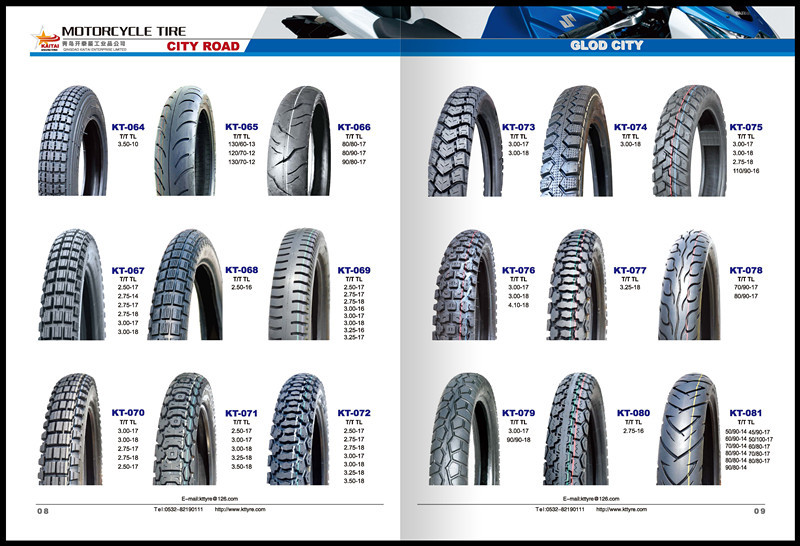 The only thing a person does is put the next blank on the machine, and then remove the finished tire from the line to send it to QC (Quality check). The machine aligns the position of the workpiece with the help of laser markers (that is, extremely accurately), and feeds it into a steel mold heated to 168 °, which covers the workpiece from the outside, and a pressure of 25 bar is injected into the product from the inside. For 13 minutes, polymerization and compounding takes place in the mold, so that at the end of the process we have a perfectly even, smooth and uniform tire with the pattern we need.
The only thing a person does is put the next blank on the machine, and then remove the finished tire from the line to send it to QC (Quality check). The machine aligns the position of the workpiece with the help of laser markers (that is, extremely accurately), and feeds it into a steel mold heated to 168 °, which covers the workpiece from the outside, and a pressure of 25 bar is injected into the product from the inside. For 13 minutes, polymerization and compounding takes place in the mold, so that at the end of the process we have a perfectly even, smooth and uniform tire with the pattern we need.
How long does it take to load a video? Click here!
Still steaming, freshly baked bagel Metzeler Roadtec 01 is on the table in front of us! It is not recommended to touch, because for a couple of minutes the temperature of the tire can reach 80-90 °, the polymerization process will be completed only when the product cools down to room temperature. Then the tire can be bead on the disk!
Then the tire can be bead on the disk!
Steel molds, consisting of 8 sectors, are produced here, in a neighboring workshop, access to which is classified. Every week, a mold sector with a D.O.T. (batch production date) is changed so that we know exactly when our cylinder was produced and whether it was stale in the seller’s warehouse for an extra 7-8 months. After all, tires have a certain shelf life when their properties are optimal: 14-16 months after production, the compound begins to tan, gradually losing flexibility and grip. Ideally, if the purchased tire was produced no later than 4-6 months ago.
The difference between road and sports tires is that there is no slicking on the slick. The molds are smooth, and the "baking" process differs not only in time and temperature, but also in the pressure at which the vulcanization process takes place in the mold. At Pirelli, each new "experimental" batch of tires is baked with new timing marks, checking some of the new products on special test benches.
At Pirelli, each new "experimental" batch of tires is baked with new timing marks, checking some of the new products on special test benches.
That's why "slicks" often have an unusual, not so "smooth" ring structure: these tires spent a little time in the mold and at low pressure, the compound is softer than usual.
After seeing what the new Metzeler Roadtec 01 tires are like, we went to the unique Boxberg BOSCH Teststrecke, where we rode motorcycles in a wide variety of conditions. But more on that next time.
TAGS: metzeler pirelli tire production motorcycle tires factory special bagels how tires are made video
If you ask about what can be called a high-tech element in a motorcycle, then the majority of votes will be divided between the engine, the gearbox and maybe the on-board computer.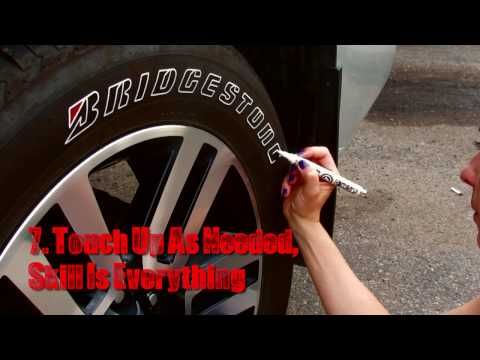 Not many will remember how much work engineers and designers have invested in the development of the ideal motor rubber. But rubber manufacturers are a separate universe in which there is a war for quality and where everything is decided by participation in the same road races.
Not many will remember how much work engineers and designers have invested in the development of the ideal motor rubber. But rubber manufacturers are a separate universe in which there is a war for quality and where everything is decided by participation in the same road races.
Agree, it's not easy to become a champion in a race for short or long distances if bricks are tied to your feet instead of comfortable sneakers. For athletes, success depends on the work of the legs; for motorcycles, on the adhesion of the tire to the road surface.
Before delving into the features of tire grip, let's look at what motor rubber is in general.
Motor rubber consists of:
In fact, the structure of the tire has a much higher ply and the more technologically advanced the rubber, the more complex and more ply structure it has.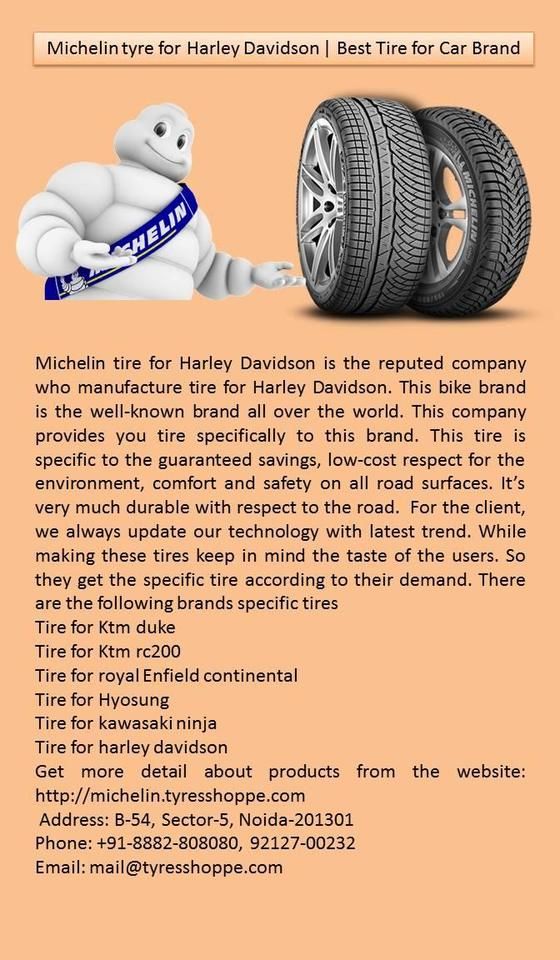
The stiffening frame gives the necessary elastic shape, it can have a different structure of fibers from polymers to steel threads. In any case, the bedding materials used are referred to as cord. The structural designation of the tire depends on how the cord threads are superimposed on the frame:
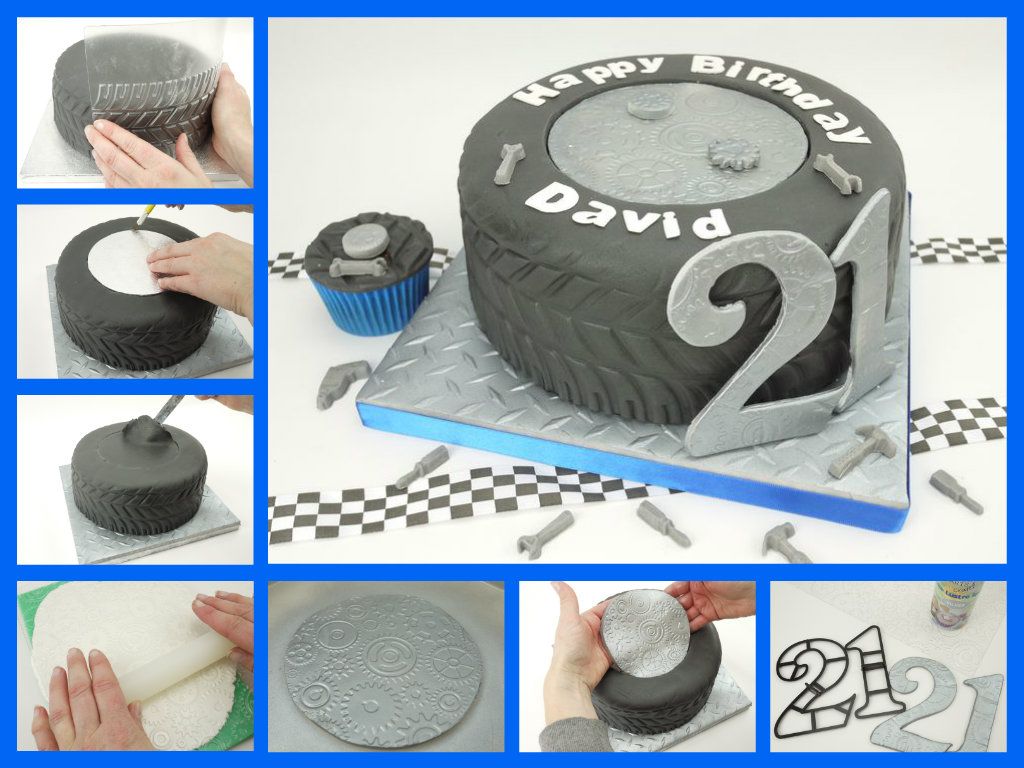
The layering of the cord ends with a separate layer - a tread. The tread pattern is not a design move, by no means. The relief of rubber has its own functionality. Each pattern, the number of channels, affect the level of grip, hydroscopic properties. The level of tread softness is also seriously thought out by engineers, since tire wear depends on it. Each type of motorcycle has its own type of tread, so that the motorcycle performs its tasks in the best possible way. It is logical that if instead of mud tires on the enduro you put track tires from sports, then you will not go far. For the same reason, riding motocross tires will not make your bike happy on pavement.
We will consider the types of protectors as a separate flock.
If you pay attention to the rubber bead that attaches the tire to the rim, you will notice that the bead is softer for tube tires than for tubeless ones. The presence of a chamber with air gives the tire itself in working condition additional elasticity.